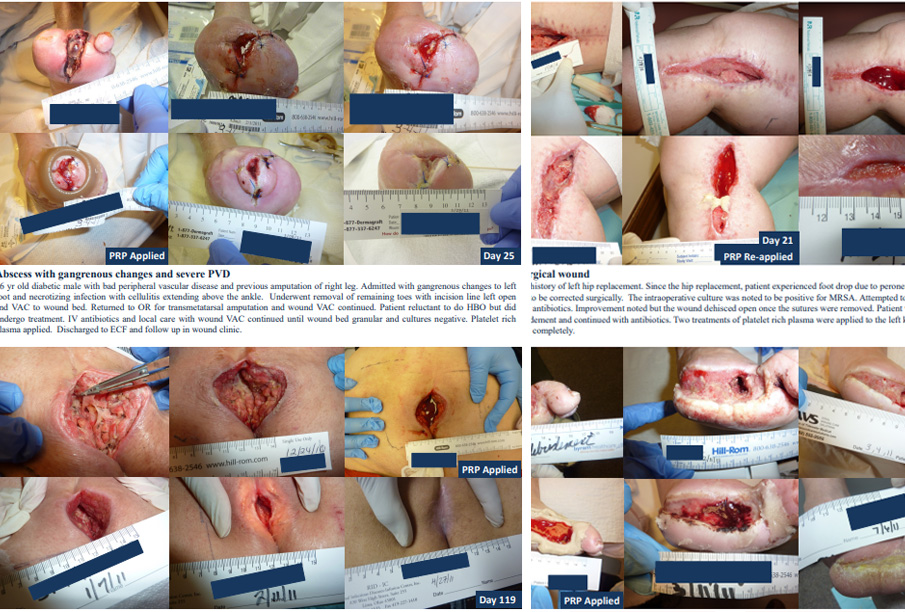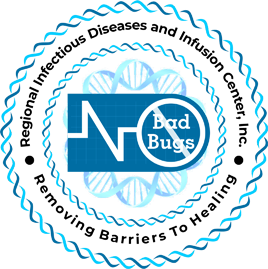
Standardized approach to hard to heal wounds using PRP-SAWC-2017_v2
Goal: Rapidly identify complex wounds that are unlikely to respond to conventional care.
This allows for earlier intervention with advanced therapies and increases the probabilities
of successful wound healing.
Methods: A standardized approach to treat hard-to-heal wounds was developed that
incorporates three independent factors shown to have progressive effects in wound healing:
1) wound bed preparation by removing wound healing barriers – biofilm, bacterial and
exudate management, 2) application of autologous platelet rich plasma (aPRP) +
extracellular matrix (ECM) scaffolding in a sandwich configuration, and 3) close monitoring
of patients.
Results: From October 2011 through July 2016, 58 patients with hard-to-heal wounds of
various etiologies were identified and treated using this approach. Types of wounds treated
included surgical, trauma and chronic diabetic wounds. Mean patient age was 61 years
[range: 23-89] and mean wound persistence was 115 days [range: 14-657]. Fifty-one patients
achieved complete wound closure (88%, 51/58). Of the 51 patients that healed, 42 required
only one aPRP+ECM application and the average healing time was 87 days [range: 29-210].
The additional 9 patients that healed required multiple aPRP+ECM applications and their
average healing time was 258 days [range: 111-594]. No treatment-related complications
were reported.
Conclusions: The described standardized approach to treat hard-to-heal wounds is safe and
effective. Other potential advantages of this standardized approach include earlier control or
reduction of symptoms from the wound and reduced healthcare costs. Most importantly, the
approach can be easily taught to and applied by healthcare providers worldwide.
